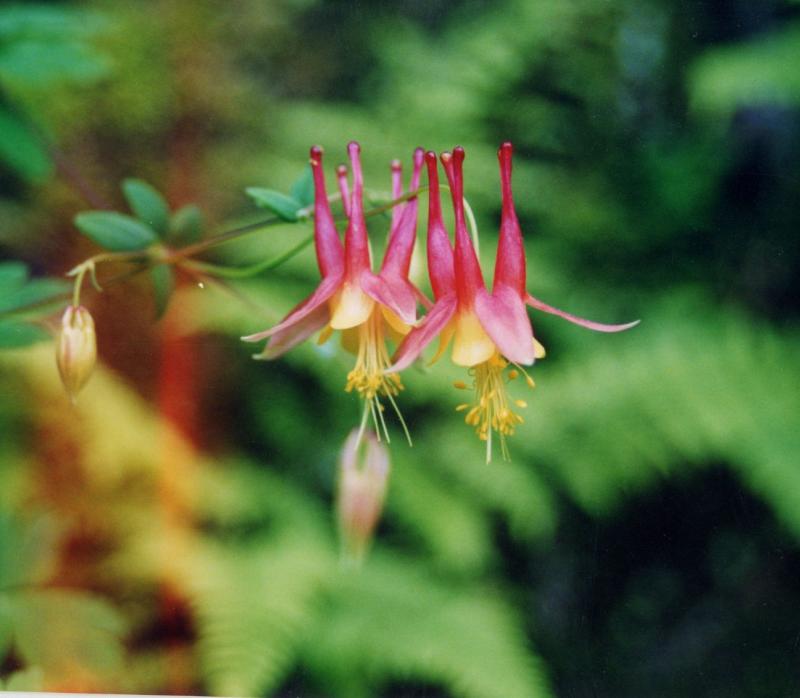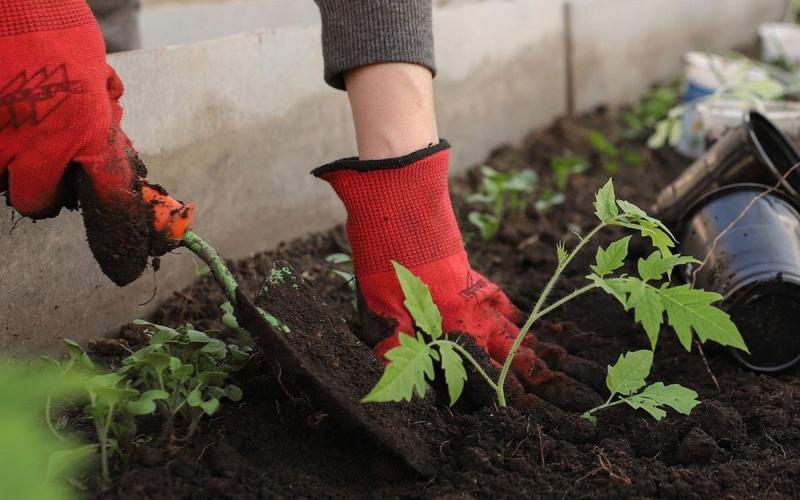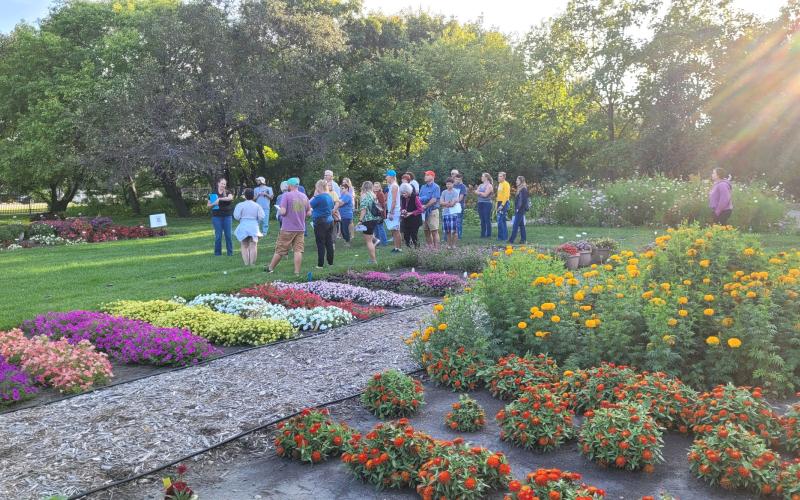Profile

Red columbine, Aquilegia canadensis, is this week’s native perennial to know. Also known as wild columbine, this plant has striking red flowers that droop from the ends of tall stalks. The 2 inch long flowers are comprised of 5 backwards-pointing fused tubes with yellow stamens. These plants are visited by insects with long mouthparts, like butterflies and some moths (hawk moths in particular) as well as hummingbirds.
- Scientific name: Aquilegia canadensis.
- Common names: Red or Wild Columbine.
- Plant size: 1-3 ft. tall.
- Flower color: Red.
- Bloom period: May to July.
- Growing conditions: Light to medium shade, well-drained soil that is not too rich.
- Why you should plant it?: Blooms early, attracts hummingbirds.
Characteristics
Red columbine begins blooming early in late May and continuing through July. These blooms are important food sources for butterflies, moths, and hummingbirds. The flower stalks reach 1-3 feet in height, and they can be trimmed back once the seeds form. In addition to the blooms, this columbine also has interesting lobed compound leaves that are green to blue green in color. The leaves are evergreen as long as the temperature remains between -10 and 110 degrees Fahrenheit.
Growing & Propogation
When planting, choose a shaded area with soil that drains well but is not too rich. Too much water and poor drainage encourages just the vegetative growth and can shorten the life of the plant. Columbine is generally found in more wooded areas, and its growth will be stunted if planted in full sun.
Red columbine is a perennial and will come back from its roots, but it will also self-seed. Propagation by seed is the easiest way to spread or pass along this plant, as the roots are very difficult to successfully divide. Like many perennials, red columbine seeds need some exposure to cold in order to germinate properly. They can be planted in the fall or in very early spring before temperatures increase.


